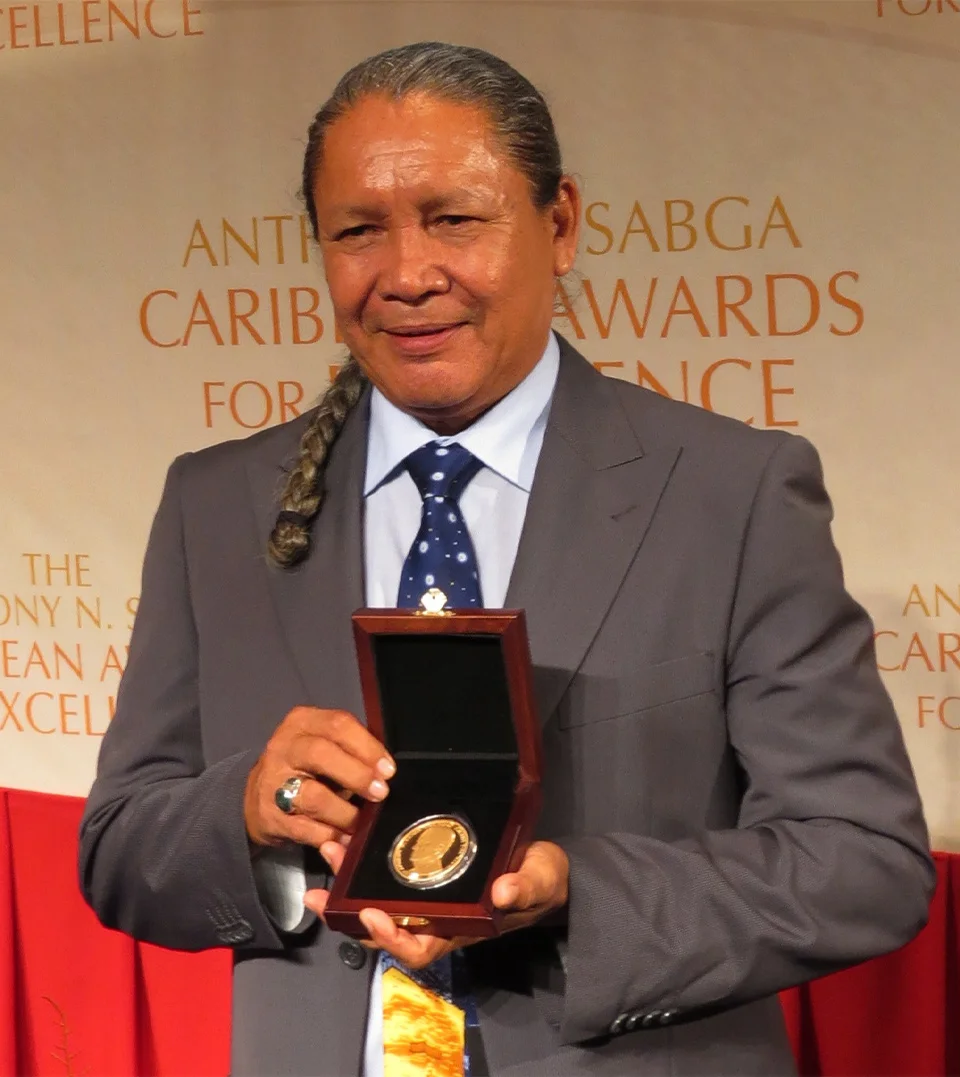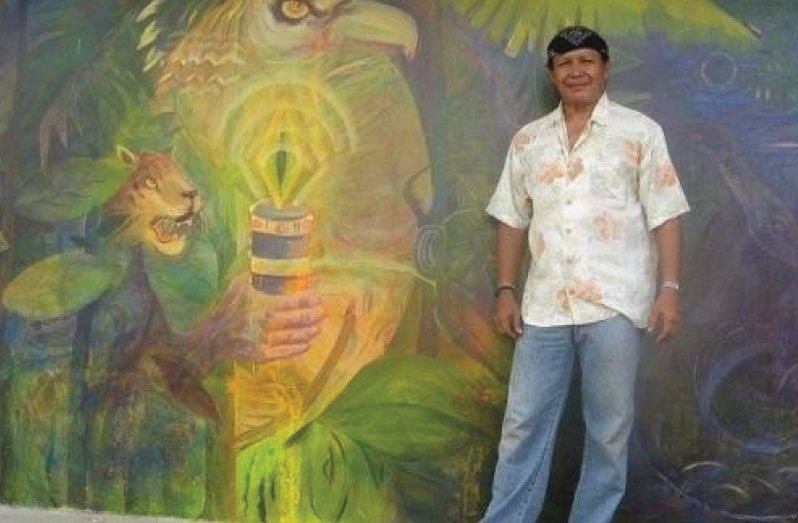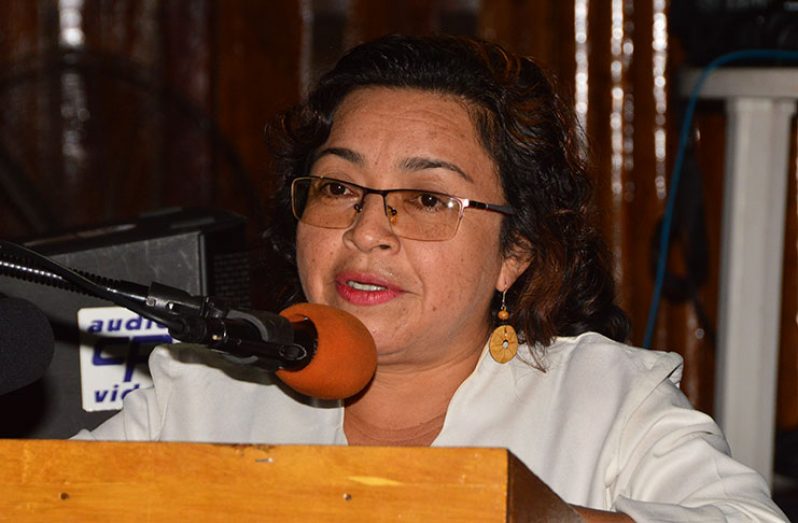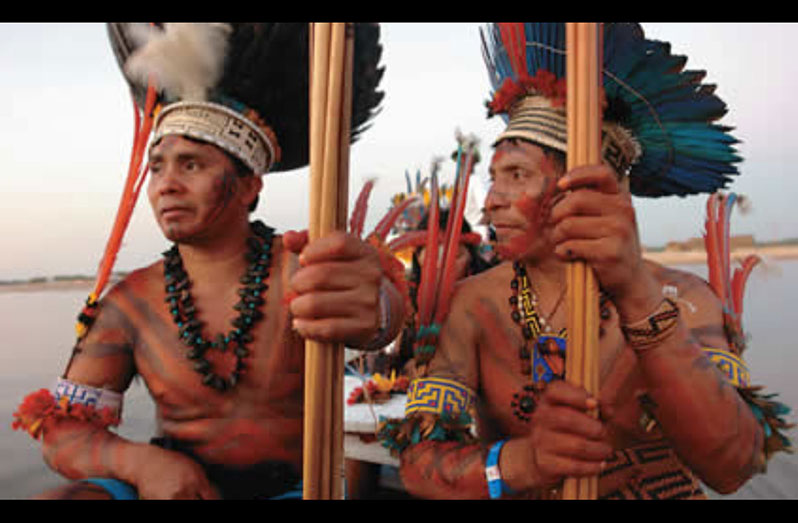By: Sueann Wickham
As Guyana marks its 58th Independence Day on May 26, 2024, citizens reflect not only on its journey since gaining freedom from British rule in 1966 but also on the significant contributions of its Indigenous peoples to the cultural and political landscape. The festivities this year are infused with a renewed appreciation for the unique heritage and ongoing struggles of the Amerindian communities, who have been pivotal in shaping Guyana’s identity and future.
Guyana, the only English-speaking country in South America, has a rich and diverse history. Its path to independence was marked by a series of colonial occupations, including Dutch and British rule. The Indigenous peoples of Guyana, comprising nine recognized tribes such as the Arawak, Carib, and Wapishana, have inhabited the region long before European colonization. Despite the disruption caused by colonialism, these communities have maintained their traditions and continue to play a crucial role in the nation’s development.
The struggle for independence in Guyana was a multifaceted movement that saw the convergence of different ethnic groups, including the Indigenous peoples. Leaders from these communities were instrumental in advocating for autonomy and self-governance.
Across the hinterland, Independence has been used to honour several indigenous figures over the years. This year’s celebrations are no different, with the spotlight placed on the late Dr. George Simon, a renowned Lokono Arawak artist, archaeologist, and cultural ambassador whose work has been instrumental in preserving and promoting Guyana’s indigenous legacy.

Born in 1947 in St. Cuthbert’s Mission, Dr. George Simon emerged as one of Guyana’s most influential figures in both the art and archaeological communities. His early life in an indigenous village deeply influenced his work and his commitment to highlighting the historical and cultural significance of Guyana’s first peoples. Simon was not only a celebrated artist but also a pivotal figure in archaeological research, particularly in understanding the ancient civilizations of Guyana.
Simon’s archaeological endeavors brought to light the intricate social structures and environmental interactions of the Arawak people. His studies revealed that the Arawaks were sophisticated horticulturists who developed complex agricultural systems and large settlements characterized by their circular villages and ceremonial gatherings. Simon famously noted, “The Arawaks, through their interactions with the environment, have left their physical signatures, their footprints imbedded on the landscape by activities in which they engaged” (Guyana Chronicle) (Stabroek News). His discoveries in the Berbice River area, including human settlements dating back 5,000 years, have significantly enriched the understanding of Guyana’s ancient history (Guyana Chronicle).

The celebration of Independence Day this year includes numerous events highlighting the rich cultural heritage of the Amerindian communities. Traditional dances, music, and crafts are usually showcased at the various Independence Celebrations across the country. These cultural expressions not only celebrate the past but also serve as a reminder of the ongoing need to preserve and promote Indigenous traditions in the face of modernization and globalization.
Government initiatives, such as the Indigenous Heritage Month held every September, and the establishment of the Amerindian Act, which provides legal recognition and protection of Indigenous lands and rights, are steps towards preserving this heritage. However, there are ongoing challenges, including land rights disputes and the impacts of mining and deforestation.
Indigenous communities in Guyana have also been at the forefront of advocating for sustainable development. Their traditional knowledge of agriculture, forestry, and medicine has been invaluable in shaping national policies. Projects aimed at promoting eco-tourism, organic farming, and artisanal crafts have also provided economic opportunities while ensuring the preservation of their cultural landscapes.
The Ministry of Indigenous Peoples’ Affairs has been working closely with these communities to implement programs that support economic empowerment. In fact, Minister Pauline Sukhai had noted, “Our focus is on creating a balance where development does not come at the expense of our Indigenous heritage. We are committed to empowering these communities through education, healthcare, and economic opportunities.”
Education also remains a critical area for the empowerment of Indigenous peoples in Guyana. There has been significant progress in increasing access to education in remote areas, with a particular emphasis on bilingual education that respects and incorporates Indigenous languages and knowledge systems.
Political representation is another area where strides have been made since Guyana gained Independence. Indigenous leaders have increasingly taken on roles in local and national government, advocating for policies that address the unique needs of their communities. This representation ensures that the voices of Indigenous peoples are heard in the corridors of power, contributing to a more inclusive and equitable society.
As Guyana celebrates its 58th Independence Day, the nation stands at a crossroads. The recognition and integration of Indigenous contributions are crucial for its path forward. While progress has been made, the journey towards full inclusion and respect for the rights of Indigenous peoples continues.
Indigenous leader, Laura George, Governance and Rights Coordinator for the Amerindian Peoples Association (APA), has been a pivotal figure in these discussions. In 2021 she had noted the struggles of indigenous people predating independence, “Starting from colonialism, it was about taking away our lands. They declared that we were not intelligent enough to collectively occupy and develop our lands. But as indigenous peoples, across villages, we collectively use the same resources,” she said.

The celebration of this milestone is not just a look back at the past but a call to action for the future. Guyana’s rich tapestry of cultures and histories, with its Indigenous peoples at the heart, forms the foundation of a resilient and vibrant nation. As the country moves forward, honoring these contributions and ensuring sustainable and inclusive development will be key to truly realizing the promise of independence.
In the spirit of unity and progress, Guyana’s 58th Independence Day serves as a reminder of the nation’s enduring resilience and the critical role of its Indigenous peoples in shaping a prosperous future for all its citizens.













